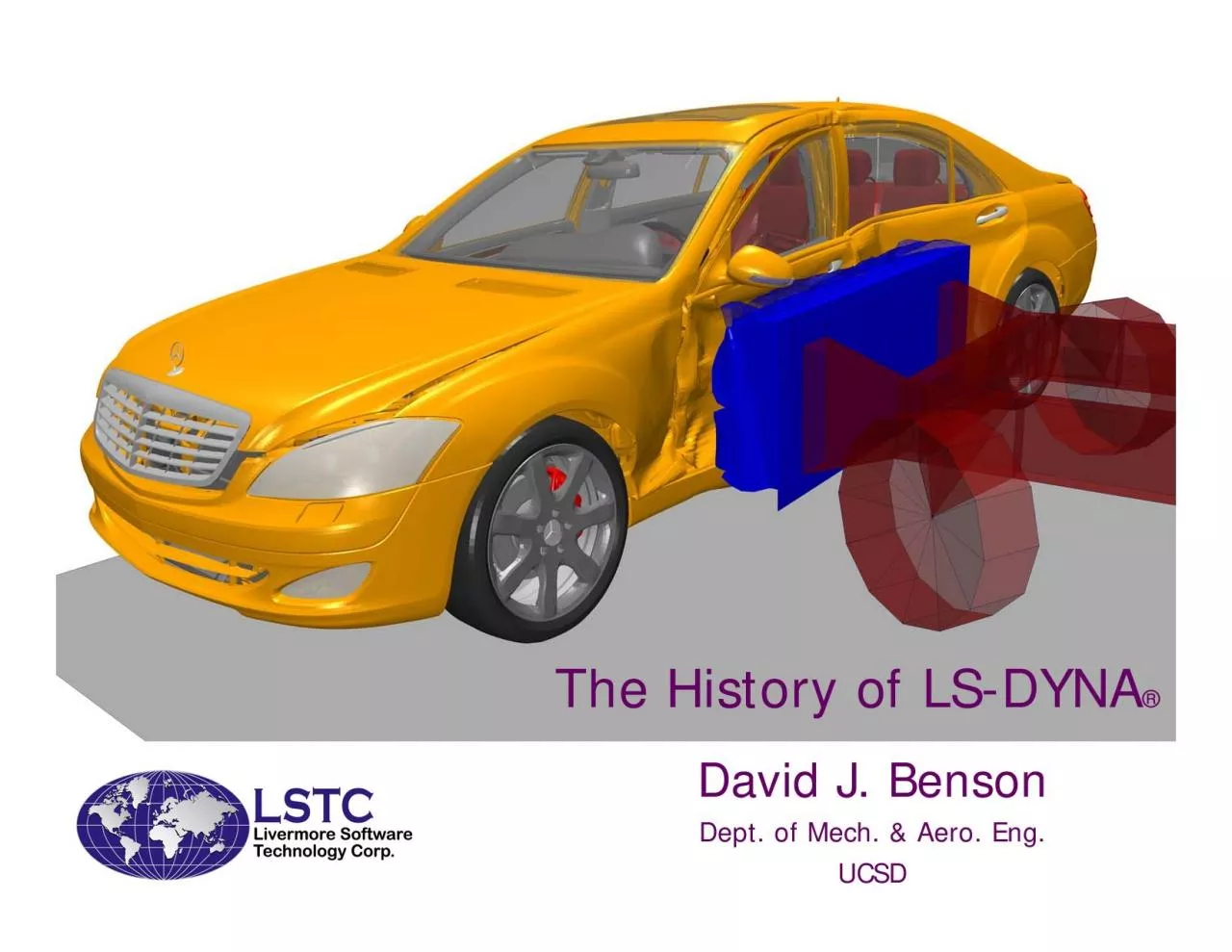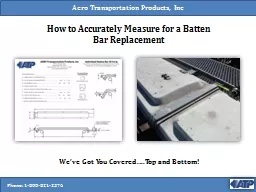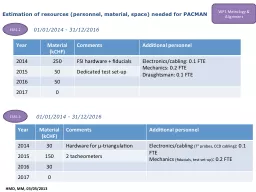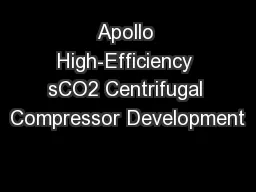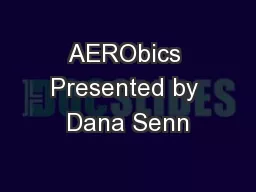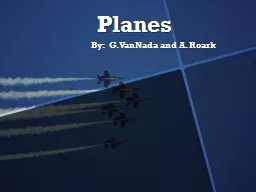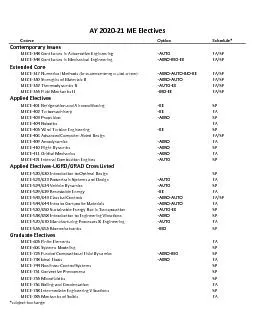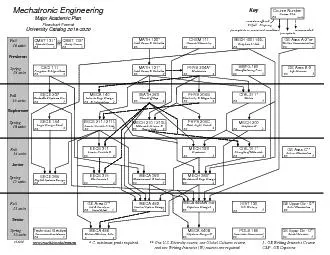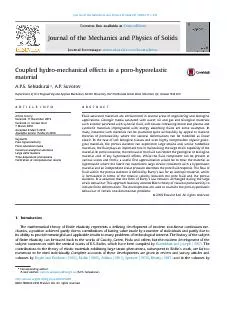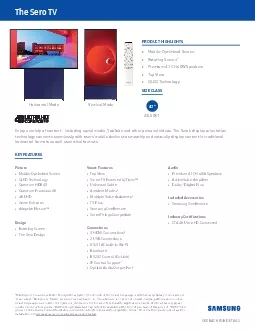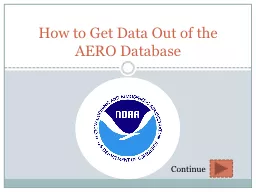PDF-The History of LSDYNADavid J BensonDept of Mech Aero EngUCSD
Author : clara | Published Date : 2021-09-09
2Outline of talkOrigins of DYNA3D at LLNLfor LSDYNA4Origins of DYNA3DManual released in August 1976 for public distributionJohn Hallquist was the development teamFUFO
Presentation Embed Code
Download Presentation
Download Presentation The PPT/PDF document "The History of LSDYNADavid J BensonDept ..." is the property of its rightful owner. Permission is granted to download and print the materials on this website for personal, non-commercial use only, and to display it on your personal computer provided you do not modify the materials and that you retain all copyright notices contained in the materials. By downloading content from our website, you accept the terms of this agreement.
The History of LSDYNADavid J BensonDept of Mech Aero EngUCSD: Transcript
Download Rules Of Document
"The History of LSDYNADavid J BensonDept of Mech Aero EngUCSD"The content belongs to its owner. You may download and print it for personal use, without modification, and keep all copyright notices. By downloading, you agree to these terms.
Related Documents

